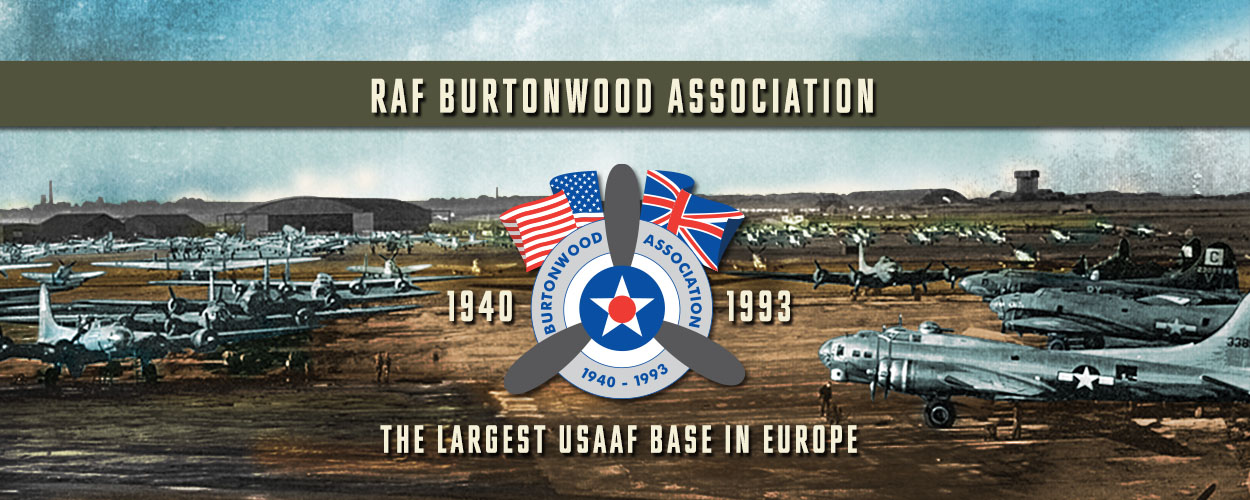by Peter Moran
In the early 1950s, Burtonwood was occupied by United States Air Force personnel. More importantly, from our point of view, it was occupied by their aeroplanes, some of which were C-82 Fairchild Packets, a twin engine, twin boom, cargo and paratrooping aircraft. At that time it was sometimes difficult to obtain aircraft from RAF Transport Command to enable us to carry out parachute training exercises. We were The 13th Battalion, the Parachute Regiment (TA), based at Liverpool. Our Commanding Officer, Lt Colonel Peter Cleasby-Thompson, MC, decided that we should borrow a few C-82s and their aircrews, so he visited Burtonwood, established a good relationship with the American Commanding Officer and made him an offer he could not refuse: “You drop us from your aeroplanes a few miles from Burtonwood and we will test your airfield defences,”


On the day agreed between the two Commanding Officers, the C-82s flew into Liverpool Airport; we emplaned and were dropped a few miles from the airfield at Burtonwood, our approach to contact was fairly straightforward until we came to the high perimeter fence protecting the airfield. The exercise rules stated that the fence must not be damaged but as a Sergeant Major remarked “How do we get in without cutting the wire?” and he had thoughtfully brought along a wire cutter. So had a few others.
We stormed into the airfield and introduced the Americans to the British thunderflash (a flash bang training weapon). An American soldier hid in an open topped packing case and a passing paratrooper tossed in a thunderflash. We were later told by an aggrieved American officer, “It blew the Goddamn pants off him.” So began a very close working relationship between 13 Para and Burtonwood.
The C-82 had one rather alarming characteristic: if one was jumping Number One and standing at the aircraft door waiting for the signal, one could see the boom on that side jerking about 12 inches up and down with an irregular movement. I just hoped that the airframe designer had got his sums right. The C-82 was later replaced by the C-119, which had wider exit doors and a longer and slimmer fuselage. When production ended in 1955 some 1,100 C-119s had been built.
The clamshell doors could be removed completely on both C-82 and C-119 aircraft, leaving them looking as though the back end had been sawn off. In this configuration they were used to practice dropping Willys Jeeps on the beach near Southport. Two methods were used: a drogue parachute would drag out the platform on which the jeep was chained down and then the main parachutes (3 or 4 of them) would open. The other method was simply to tilt the nose of the aircraft upwards and the platform would slide out of the fuselage with a static line to open the parachutes.
Our Burtonwood friends dropped us on DZs in this country and in Germany. Most drops were routine but others, for me at least, were, let’s say, ‘unusual”. Perhaps in a later article….?

